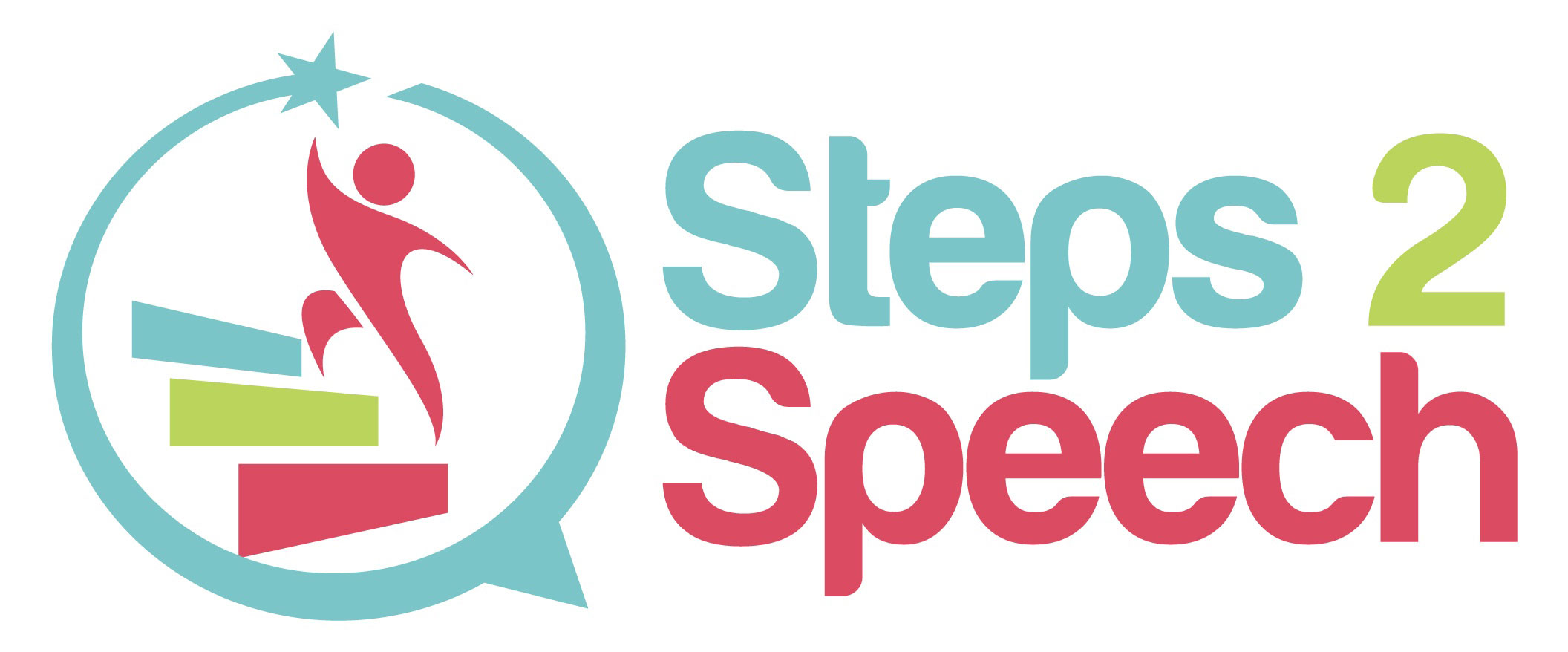STUTTERING AND FLUENCY DISORDERS
Stuttering is a communication disorder involving disruptions or “disfluencies” in a person’s speech. There might be repetitions (C-C-C-Can I …), prolongations (wwwwhat time…), or abnormal blocks or stoppages of sounds. There might also be accompanying facial and/or body movements associated with the effort to speak. The root causes lie in differences in the brain. It is not caused by emotional or psychological problems, nor it is learned or picked up from others. Several factors play a role in the development of stuttering. Genetics play a key role as 60% of those who stutter have a family member who also stutters. Other factors that may influence stuttering include the presence of other speech and language problems, differences in language processing, and environmental factors. These factors come together in a unique way in each individual and can influence the expression of and the severity of stuttering.
STUTTERING FACTS
- About 1% of the world’s population stutters. That’s 70 million people worldwide.
- About 3 million Americans stutter.
- Stuttering is more common in males than females. In adults, there are 4 males to every 1 female who stutters. In children the ratio is about 2 to 1.
- Stuttering usually begins in early childhood between the ages of 2 and 5 years.
- About 5% of children go through a period of stuttering that lasts 6 months or more.
- Stuttering in children may appear suddenly or can gradually develop over time.
- Approximately 75% of young children who begin to stutter will recover by late childhood, leaving about 1% for whom stuttering will persist.
- Stuttering can vary over time and this variability is normal. Stuttering may appear to go away for periods of time, only to have it return.
- Stuttering can also vary across situations. A person may stutter more or less depending on, for example, the environment or conversational partner.
- There are no instant or miracle cures for stuttering.
- Research into brain differences in stuttering via brain imaging studies is ongoing and a lot has been learned in recent years, including location of chromosomes and identification of genes for stuttering. As well researchers have been examining and identifying cell processes within the brain related to stuttering.
Stuttering facts and information were obtained from the National Stuttering Association and The Stuttering Foundation.
There is a wealth of information available about stuttering on these sites and I encourage you to visit them to learn more.
Stuttering Evaluations and Therapy Services
Finding the right clinician to provide therapy for stuttering is the key to success. Not every speech pathologist has adequate training to treat stuttering. In depth research and additional coursework and training is needed in order for a therapist to be properly equipped to work with a person who stutters. As a recipient of the “Ally of Stuttering Speech-Language Pathologist Seal,” from Spero Stuttering, Inc., I have demonstrated a commitment to active training in the area of stuttering through continuing education as well as involvement in the stuttering community to maintain engagement with people who stutter.
Through a unique, client-centered and holistic approach to stuttering, we work together to uncover the ways in which stuttering impacts life and the ability to communicate. You/your child can learn to speak more freely and confidently. Treatment programs are tailored to the needs of each client and are available for preschool and school aged children as well as teens and adults. While early intervention is recommended, it is never too late to address a problem or concern about communication skills. In person sessions are currently offered, as well as teletherapy for clients located in Tennessee.
Stuttering Evaluations
Our journey together begins with a comprehensive evaluation tailored to the specific concerns of the client and/or the family. Evaluations include a variety of assessment procedures and typically include a self or parent assessment of feelings associated with stuttering, a review of case history, and analysis of speech during different tasks and situations. Norm-referenced or standardized assessments may also be utilized. Previous evaluations are also accepted for review.
Stuttering Therapy
Therapy for stuttering is highly individualized. Evidence-based treatment is always used but therapy approaches differ depending on a number of factors, including:
- age of client
- presence of concurrent diagnoses
- environmental factors
- personal goals

Preschool Stuttering Therapy
Between the ages of 2 and 6, approximately 5% of children go through a period of stuttering that lasts 6 months or more. It may appear suddenly or can gradually develop over time. Approximately 75% of young children who begin to stutter will recover by late childhood. There are some situations where the pattern of disfluency requires only monitoring in the initial stages. There might be more “typical” disfluencies such as hesitations, revisions or “restarts,” interjections such as “uh” or “um,” and phrase repetitions. The child may be completely unaware of the disfluencies and not bothered at all. Stuttering may come and go and change from week to week.
There are also less typical patterns of disfluency such as sound and syllable repetitions, prolongations of sounds, “blocks” when the sound stops or won’t come out, or increased struggle in the mouth, face or other body parts. Perhaps your child has also become aware of the disfluencies, expressing that talking is difficult or even that he doesn’t want to talk.
If as a parent you are concerned for any reason or if your child has been stuttering for a period of 3 months or more, and you are unsure if these disfluencies are typical or less typical, then a consult with a speech pathologist may be indicated. Although we have indicators that may help to predict whether or not stuttering will persist, we may decide to initiate therapy to help a child to recover regardless and make the child feel better as a communicator. Therapy to address stuttering in the preschool child may take the form of direct or indirect therapy, or a combination of both depending on the unique situation of each child and family. Strategies to reduce communication pressure, encourage easy relaxed speech and allow time for language processing and planning may be utilized, in conjunction with making the child feel good about talking. Parents or caregivers play a key role in the process, therefore parent education and training is an integral component of therapy. Please fill out the CONTACT FORM to schedule a free phone consult to discuss your concerns and learn more.

Stuttering Therapy for School-Age Children and Teens
More important than following a specific program or adhering to a specific treatment technique is the therapeutic alliance. The success of speech therapy for children and teens is highly dependent on a good client-therapist relationship. As a therapist working with children and teens, I know the importance of considering the whole child and the impact that stuttering has on his or her life. Together we make a plan for therapy that includes identifying treatment goals, reducing physical tension or secondary behaviors that interfere with speaking, and improving overall speaking skills. An important component of therapy for children and teens who stutter is providing education to increase their knowledge about stuttering, helping them to identify and reduce negative reactions to stuttering, developing resiliency, and teaching them to advocate for themselves and educate others around them about stuttering. This is a crucial age for making a positive and profound impact on the life of a child or teen and helping them to navigate stuttering so that it does not interfere with their ability to be a successful and confident communicator.
Finding support from peers who also stutter can be a life-changing experience. (took out words “for some”) Here are a few online resources available to children and teens who stutter where you can find helpful information and also learn about opportunities for connecting with others:
FRIENDS is a national organization dedicated to empowering young people who stutter and their families.
SAY, The Stuttering Association for the Young, is a national organization that provides support, advocacy and life-changing experiences for young people who stutter.
The National Stuttering Association also provides support to children and teens who stutter through support groups, including local chapters where they can practice speaking in a safe environment and explore new ways to cope with stuttering. Even if they can’t join in person, sessions may be held remotely on zoom.
Books about stuttering:
When Oliver Speaks – children’s book about a boy who struggles with stuttering and finds the courage to accept it.
I Talk Like a River – children’s book about stuttering with a strong message of affection and acceptance.

Stuttering Therapy for Adults
The experience of stuttering and how it impacts life is different for every single person who stutters. For an adult seeking therapy, whether it be for the first time or after trying other therapies in the past, together we can prepare to take this first step to make communication easier for you. Most importantly, we first identify your personal communication goals. Part of this process includes clarifying how stuttering impacts your life, removing the anxiety around stuttering, and learning ways to improve overall communication skills. We examine environmental factors as well as focus on learning strategies to reduce physical tension and shape fluency to achieve more ease in speaking.
If you struggle or worry about ordering at a restaurant, talking on the phone, going on a job interview, giving oral presentations, participating in zoom meetings, or meeting new people because of stuttering, therapy can help you to overcome these challenging situations. Fill out the contact form to schedule a free phone consult to learn more about how together we can reduce the negative life impact of stuttering and help you speak more freely and confidently.
Do you think you would benefit from a refresher session to review your fluency enhancing strategies? If you have an upcoming event such as an interview, important meeting, or are planning to give a speech or make a presentation, I also offer one hour single sessions to help you prepare and feel more confident prior to the event. Call today or fill out the CONTACT FORM to schedule your appointment.
Here are some online resources for adults who stutter:
The Stuttering Foundation provides free online resources and support to those who stutter and their families.
The National Stuttering Association provides support, friendship and information to the stuttering community. Local chapters are available for support groups throughout the country. Support groups are a fantastic way to connect with other people who stutter to talk and reflect on your experiences with stuttering. Even if you cannot attend a local chapter in person, you can join a zoom meeting and participate remotely.
There are several podcasts about stuttering that I enjoy listening to:
“Stutter Talk, “The Stuttering Foundation Podcast,” “Transcending Stuttering with Uri Schneider,” and “The Tim Mackesey Podcast.” I love not only the educational nature of the podcasts, but that they often provide personal stories about the impact that stuttering has had upon people’s lives. The podcast hosts and guests offer helpful advice and support for people who stutter and their families.
In the book Out With It: How Stuttering Helped Me Find My Voice, a woman who stutters shares her lifelong experiences with stuttering in a heartfelt memoir about understanding yourself and learning to embrace your true self.
Cluttering
Cluttering is a communication disorder that falls under the category of fluency disorders. However, a person who clutters has a disfluent speech pattern that is distinct from the patterns most often seen in people who stutter. For a person who clutters, segments of the conversation are perceived as too fast overall, too irregular or both. The person might use revisions or filler words (“uh” or “um”) to an excess, might delete syllables, or have speech that sounds “jerky.” The person may or may not actually be talking faster than normal, but the perception is that it is faster. Examples of cluttered speech can be found in these videos here and here.
A speech pathologist who specializes in fluency disorders can diagnose and treat cluttering. Careful speech sampling is utilized and the client’s speech is analyzed to look for key criteria in order to make a diagnosis of cluttering. Like stuttering, cluttering does not have to occur all the time or in every speaking situation, but it might still be a real problem for the speaker, as it could negatively impact one’s ability to communicate effectively in school, work, or in social situations. By increasing awareness of the behavior along with improving regulation, a person who clutters can learn to speak more clearly. If you are concerned about your child’s or your own speech pattern in terms of speed or regularity that might be related to cluttering, fill out a contact form or schedule a phone consult to discuss your concerns.
